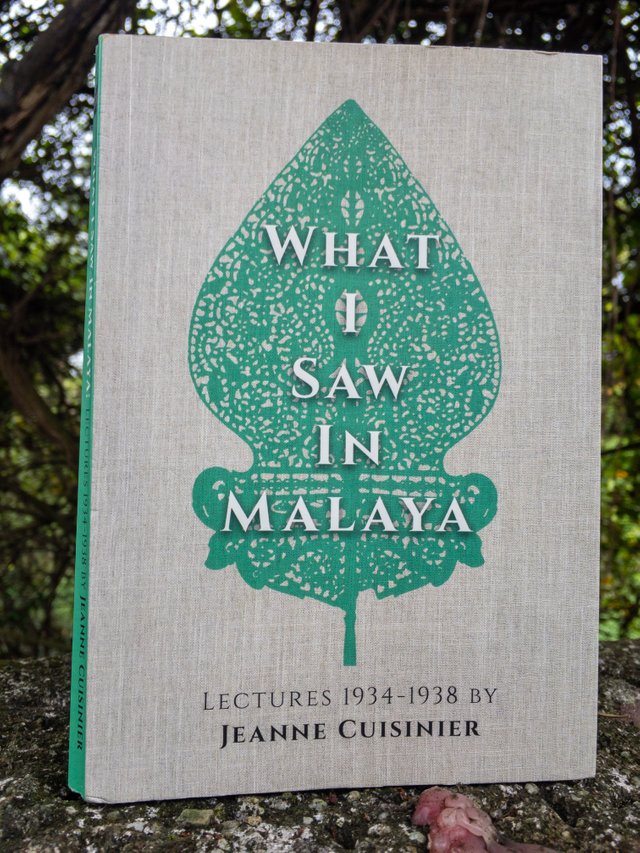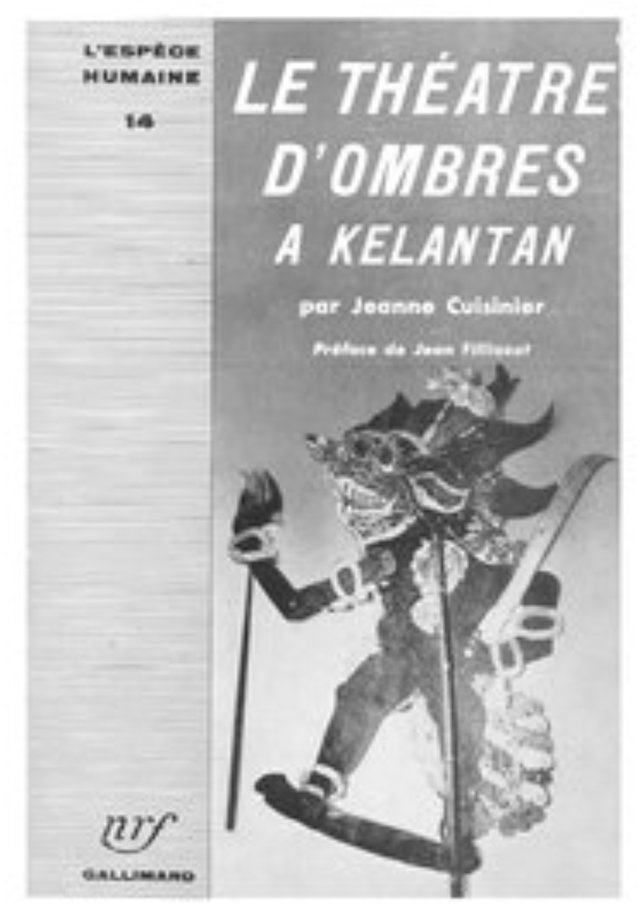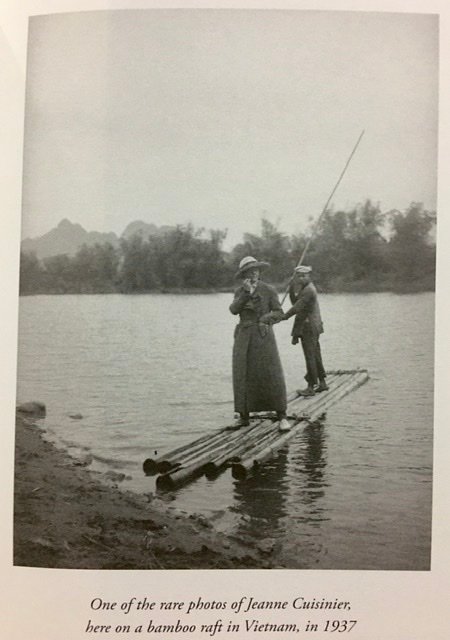Noob Book Review - WHAT I SAW IN MALAYA by Jeanne Cuisinier

A French ethnologist take about Malaya that differs alot than the English. She is declared as ‘good Whites’ by the Malay. Her entry into the Sakai territory were welcomed but cautious were taken such as keeping the infants away just incase she is the ‘bad Whites’. In one instance, after a lengthy stay, a Sakai quipped about her to his villagers, “She is not here for the gold!”
Her voyage from down south of the peninsular brought her to Kuala Lumpur that she labelled as a “Chinese town”. She continues up-north and discovered that the first real Malay town is Kuala Kangsar. She shares her experience learning about the Malays which was labelled as courteous, amongst other feats.
Up to Perlis and Kedah, two of the ‘Unfederated’ States of Malaya, where the Siamese influence are still present. The journey then brought her to Kelantan (in 1933) where she stayed the longest (18 months). Apart from the linguistic and social commentary, the most appealling account she made is of the Wayang Kulit.
Personally I found it very refreshing. Apart from what I’ve learnt in school and a very little exposure about it as a Malay myself.
As brief as it may be, just one chapter on it in this book, it covers the most important, unadulterated characteristic of Wayang Kulit.
Tok Dalang (who is illiterate yet memorised most of the story to be performed) were dressed in yellow.
Ginger ale for her as she is the guest of Tengku Khalid of the Kelantanese royale. (One for Tengku Khalid and other honorable guests too)
Three, five or seven days performance where the final night, a magical procession took place, that has nothing to do with the performance. Rounds are made around the stage by the Tok Dalang, a bomoh with incense followed by other members of the performance.
The plays then go through all night where it actually starts at 2am in the morning. Crowds up to a couple of thousands filled the big open atrium.
At dawn and at the end of the performance, thousands of candles are lighted and Tok Dalang revealed himself semi-concious, leading the pack to the river at sunrise, where raft full of offerings are release to the water to go to the sea, invitation for the descend of Sang Senehon.

Wayang is Javanese word for shadow. None understand what the Tok Dalang is chanting during the performance, because its from the chapters of the Mahabharata (yes, the Sanskrit epic)
As Jeanne says about the final night performance as “...the one described in Malay as the night of feast, and which is actually the night of the sacrifice”.
Such a personal revelation on the wealth of culture we have in this region that is been documented and revealled by a foreigner (good Whites). Guess what knowledge the Portugese had brought back with them from the Malacca Peninsular.
Is the Wayang Kulit (Shadow Play) is a mere ‘wayang’ covering an act of sacrifice for the deities? I am so inclined to get the more detailed account of her on the topic in Le Theater d’Ombres a Kelantan [The Shadow Theater of Kelantan] (1957).

Thank you for dropping by!
#teammalaysia
@teammalaysia
This post has been curated by TeamMalaysia Community :-
To support the growth of TeamMalaysia Follow our upvotes by using steemauto.com and follow trail of @myach
Vote TeamMalaysia witness bitrocker2020 using this link vote for witness
Hello nazirullsafry!
Congratulations! This post has been randomly Resteemed! For a chance to get more of your content resteemed join the Steem Engine Team